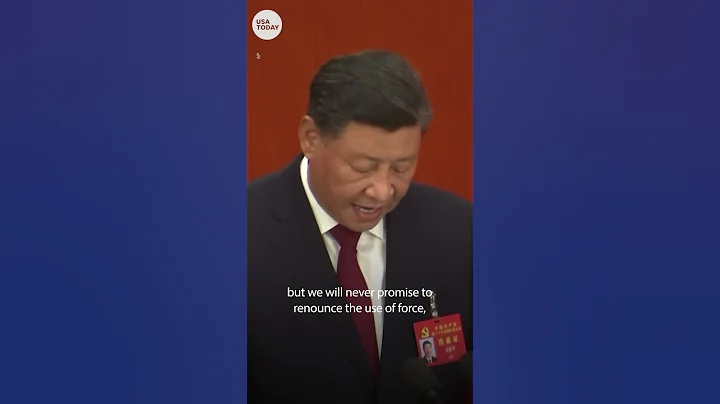



The realization of cooperation between the Kuomintang and the Communist Party promoted the recovery and development of the labor movement. With the joint efforts of the Kuomintang and the Communist Party, the national revolutionary ideas spread from south to north across the country on an unprecedented scale.
In July 1924, a political strike involving thousands of workers broke out in the Shamian Concession in Guangzhou to protest against the British and French imperialists' "new police laws" that restricted the freedom of Chinese residents to enter and exit the Shamian Concession. Chinese police also participated in the strike. The struggle lasted for more than a month and victory was achieved. At the Second National Labor Conference held in Guangzhou in May 1925, the All-China Federation of Trade Unions was established.

The May 30th Movement broke out.The parade of the Shanghai Federation of Trade Unions
The arrival of the climax of the nationwide revolution began in May 1925 when Shanghai workers went on strike against foreign capitalists. On May 15, Japanese capitalists from the No. 7 Cotton Factory in Shanghai shot and killed worker and Communist Party member Gu Zhenghong. On the 30th, under the leadership and instigation of the Communist Party of China, workers and students in Shanghai held street propaganda and demonstrations. The British patrol in the concession suddenly opened fire on Nanjing Road in Nanjing, killing 13 students and workers, and injuring countless others. This is the May 30 tragedy that shocked the whole country. A few days later, there were successive incidents in Shanghai and other places where soldiers and police from Britain, Japan and other countries shot and killed Chinese people.

After the May 30th Incident, the city went on strike, class strike, and market strike on June 1st
This is the people of Shanghai on Nanjing Road
The May 30th Incident aroused great anger among the Chinese people, and for many years the hatred of imperialism has been deeply buried in the hearts of the Chinese people. The anger suddenly burst out, resulting in workers' strikes, students' strikes, and businessmen's strikes. Taking the May 30th Massacre as the trigger, the wave of national movements against imperialism quickly swept across the country with unstoppable momentum. This was the May 30th Movement.
The provincial and Hong Kong general strikes that took place in Guangzhou and Hong Kong, with 250,000 participants, were an important part of the May 30th Movement.

During the May 30th Movement, Comrade Liu Shaoqi convened a meeting of representatives of British factory workers in Shanghai. The meeting unanimously approved the continuation of the strike in British factories.
The May 30th Movement played a major role in the development of the Communist Party of China. It was during the May 30th Movement that the Communist Party of China began to develop rapidly from a small secret political party to a large proletarian mass party. The number of party members increased from less than 1,000 at the beginning of 1925 to 10,000 at the end of 1925. The number of party members increased within one year. The number has increased 10 times, and party organizations have been established in many places where there were no party organizations before.
▲Source: Xinhua News Agency






















